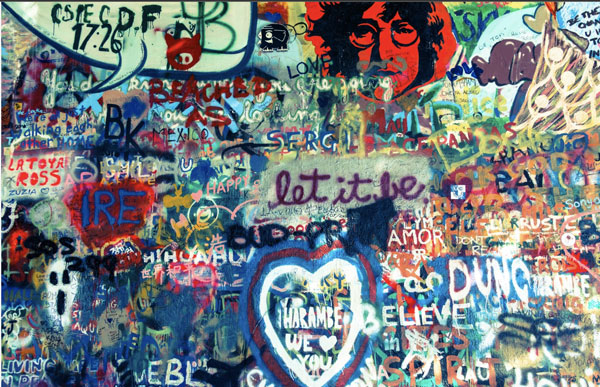Activists vandalize King Charles portrait at London Gallery

[Colorful graffiti on public walls. Photo Credit to PublicDomainPictures.net]
On June 21st, 2024, activists from the animal rights group Animal Rising vandalized a portrait of King Charles at the Philip Mould Gallery in London.
The incident happened when two activists used a paint roller to stick an image of Wallace from the animated series “Wallace and Gromit” over the King’s face.
Accompanying the image was a speech bubble that read: “No cheese, Gromit. Look at all this cruelty on RSPCA farms!”
The activists aimed to highlight animal abuse in livestock farms, pointing out King Charles’ approval of the Royal Society for the Prevention of Cruelty to Animals (RSPCA).
This protest follows a similar incident in February 2022 when environmental activists from Just Stop Oil hammered the protective glass of Diego Velázquez’s “The Toilet of Venus.”
This act of vandalism has drawn immediate public attention as videos of them destroying the art have gone viral.
The rise of art vandalism has led to debates about the effectiveness and ethics of such protests.
Some argue that pouring soup on the glass protects the painting, and attention is gained without physically harming the art. Similarly, as vandalizing art does not harm human beings, some claim that this is how civil resistance works by applying nonviolent pressure until it forces change to happen.
However, this imprudent and careless act of harming art is a crime of posting long-lasting damage to property.
Art vandalism reflects a radical approach by some environmentalists who see public art as a means to gain attention and power.
They target art because of its cultural value, challenging the authority of museums and galleries.
On the flip side of people who vandalize art is the art that “vandalizes” public space.
Graffiti, a newly trending art form centering on cheap, accessible material and free expression of thoughts, sees the city as its canvas.
Many people comment that graffiti is public art at its best, elevating the experience of the street people walk on.
Artists like Jean-Michel Basquiat have used graffiti to express political ideas, breaking away from traditional, highly stylized art forms.
This new wave of art opens up possibilities for diverse representations for people of all classes, races, or ethnicities.
The intersection of art and politics is evident in these acts of vandalism.
Before modern times, art was a tool for wealthy patrons to display their social status, but modern art has become a platform for personal and political expression.
This transition emphasizes art’s enduring connection to power, wealth, and freedom of speech.
As radical protests and graffiti art reshape the modern art scene, the debate over the role and value of art in society continues.
While some see these acts as necessary to spur change, other view them as destructive, highlighting the intricate and often complex relationship between art, activism, and society.

- Erin Cho / Grade 11
- Lake Forest Academy

![THE HERALD STUDENT REPORTERS [US]](/assets/images/logo_student_us.png)
![THE HERALD STUDENT REPORTERS [Canada]](/assets/images/logo_student_ca.png)
